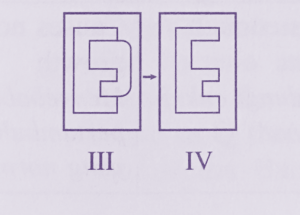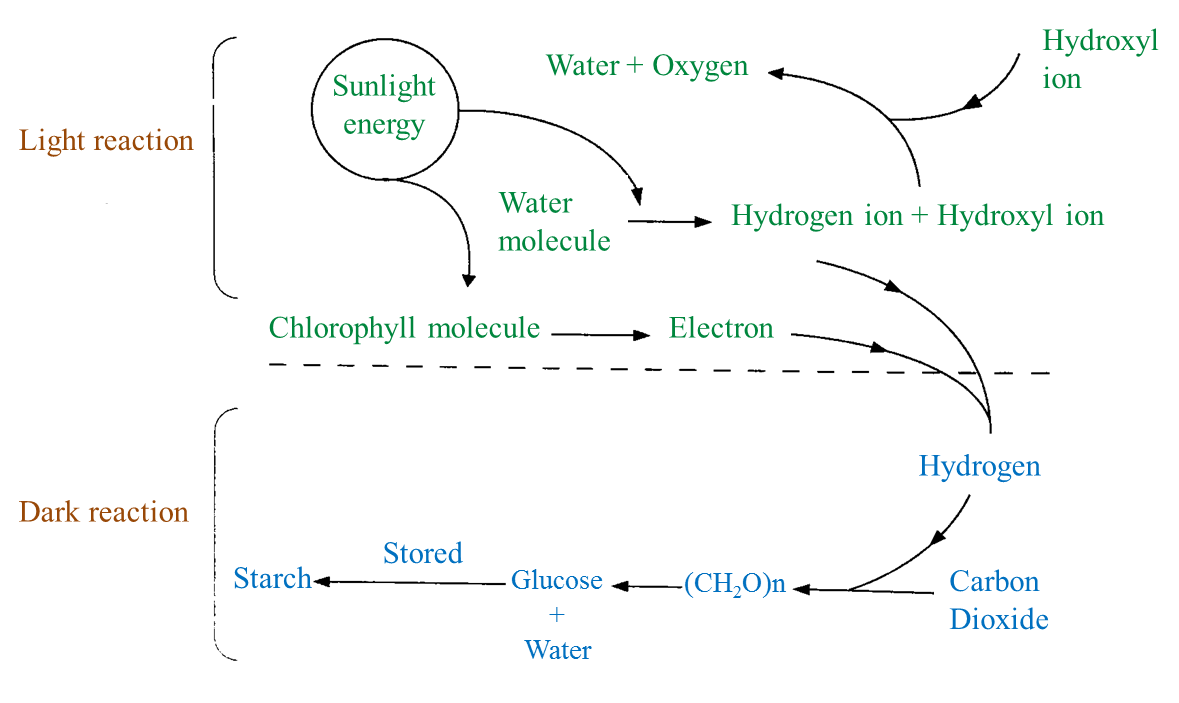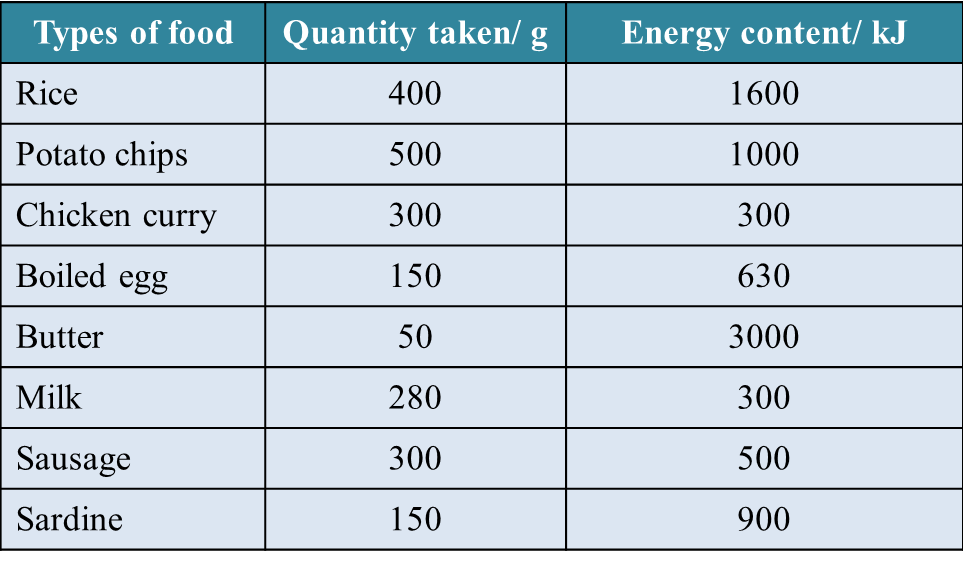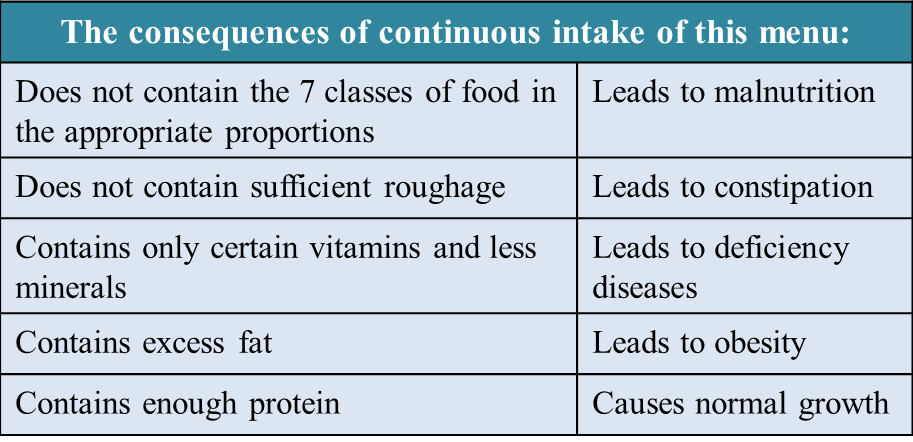Question 1:
(a) Diagram 1.1 shows human digestive system.
Structure S in Diagram I is involved in the digestion of fat.

(i) Name structure S.
(ii) Name the enzyme which digests fat in S.
[adinserter block="3"]
(iii) Diagram 1.2 shows a mechanism of an enzyme reaction.
Draw the diagram in the spaces III and IV provided in Diagram 1.2 to complete the mechanism of the enzyme reaction.

(b)(i) Explain how starch is digested in the duodenum.
(ii) A student eats too many oranges.
Explain the effect of eating too many oranges on the digestion of starch in the duodenum.
[adinserter block="3"]
(c) In a food preparation process, a housewife carries out the following steps:
Step 1: Marinate pieces of meat with strips of unripe papaya in a basin.
Step 2: Immerse the basin in a container filled with water at 40
oC for 30 minutes as in Diagram 1.3.

Explain why the housewife carries out Step 1 and Step 2.
[adinserter block="3"]
Answer:
(a)(i)
Structure S: Ileum
(a)(ii)
Enzyme which digests fat in S is Lipase
(a)(iii)

[adinserter block="3"]
(b)(i)
The pancreas secretes an amylase into the duodenum which hydrolyses starch to maltose.
(b)(ii)
- The duodenum medium becomes acidic
- Which is not suitable for the action of the amylase on starch
- Slows down the digestion of starch
(c)
- Papaya contains papain/ protease
- The pieces of meat and papaya strips increase the total surface area
- To increase enzyme action
- Protease will tenderize the meat
- Takes place in water at 40
oC, which is the optimum temperature for enzyme reaction
[adinserter block="3"]











